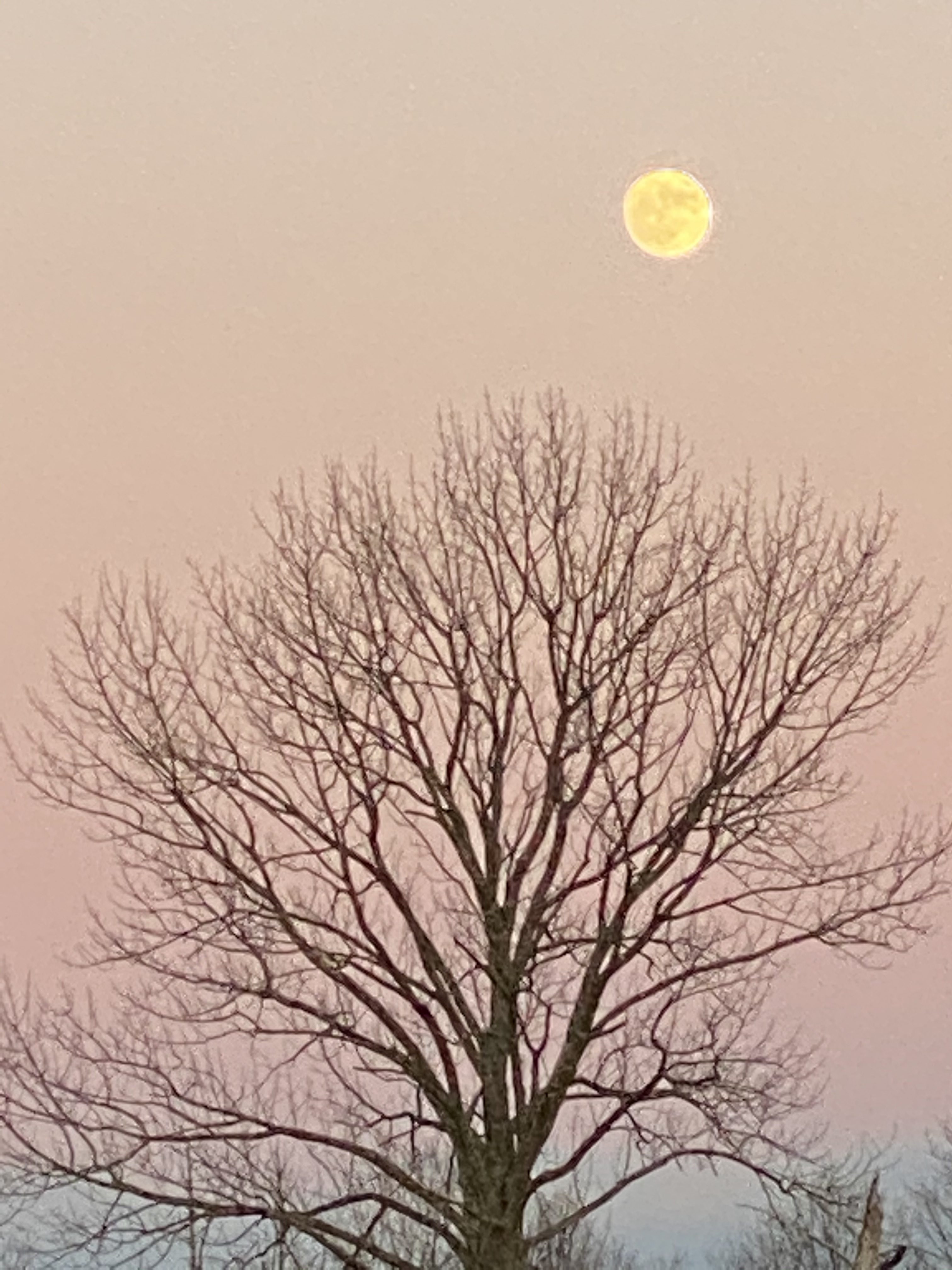Nearly Full – 28 Nov 2020 – Photo: L. Weikel
Race to the End
Here we are, approaching the eve of the final month of this seemingly relentless year. In an undeniable display of the paradoxical nature of time and our perception of it, few would disagree that this has been one of the longest years in recorded history. And yet in some ways, it feels like we’re in a race to the end.
Is the election really over? Has that major quadrennial event in our country’s life cycle taken place? When did that happen? Did I miss it? I feel like was aware of it, yet it also feels like it has yet to take place – it will, but in the future. Not because of some sad in ability of some people to face the truth of the election but because the election that did take place feels like it happened about three years ago or so.
Thinking back to January of 2020 feels like a snapshot into, oh, I don’t know…2017? And here we are, one more interminable month to go.
Every day enough happens in the news to merit a month’s worth of back stories and investigative reporting.
The worst part is that, deep down, most of us – if we’ve been paying attention – know that all of December and the first 20 days of January hold the potential for some seriously calculated mayhem. What could possibly add to the maelstrom of self-inflicted harm at the highest levels of our government?
How ‘bout Those Eclipses?
The moon, our closest and most intimate luminary, reaches her fullness at 4:30 a.m. Monday morning. Thus, some of you earliest of risers (or those of you who stay up even later than I do!) may find yourselves not only witnessing the fullest expression of the moon but also looking at the darkest phase of the penumbral lunar eclipse occurring at that very same time.
Because it’s a penumbral eclipse and not a total eclipse (an easy scientific explanation is here), the moon will not appear that deep, blood red color of a full-on total eclipse. It will, however, appear darker. (The moon will enter the penumbra – shadow – of the Earth at 2:29 a.m. ET and finally exit that shadow at 6:56 a.m. ET. The moment when the moon is in the greatest amount of the Earth’s shadow (and will thus appear darkest) at 4:42 a.m. ET.
So if you’re an early morning riser – willingly or unwillingly – you might as well check out the astronomical phenomenon that’s ‘kicking off’ the final eclipse season of our most beloved year of 2020. This lunar eclipse occurs in the sign of Gemini (because the moon, being full, is opposite the sun, which is in the sign of Sagittarius).
And as I’ve mentioned before, eclipses happen in pairs. So the fact that tomorrow morning’s eclipse is a lunar one means that two weeks from now (on December 14th, as a matter of fact) we will experience a total solar eclipse.
Is it me, or do you think this celestial phenomenon may have an impact on the final casting of electoral votes that’s supposed to take place on December 14th?
Time will tell, I guess.
In the meantime, here is one astrologer’s, Chani Nicholas’s, discussion of the next two weeks’ worth of planetary aspects and how we might interpret them in our lives.
We Can Do This
The long and short of this post is that we’re not out of the woods yet. This year still has some tricks up its sleeve and these final four weeks hold some seriously profound influences that would challenge us in the best of times.
I dare say, these are not the best of times.
But knowledge is power. And solidarity is too. The more we can pay attention and try to understand what’s going on (not only in the minutiae of the workings of our government – for those of us here in the States – but also the much greater, more comprehensive view of the evolution of our country, our species, and our planet), the better able we’ll be to navigate whatever we’re asked to adapt to as we encounter unforeseen and possibly totally unexpected circumstances.
It’s a lot. But we were born for these times. A huge key is sticking together. Communicating. Sharing our fears (so they are halved), but even more importantly, sharing our vision, our hope, and our compassion. We have each other’s backs.
We can do this.

Photo: L. Weikel
(T-362)
